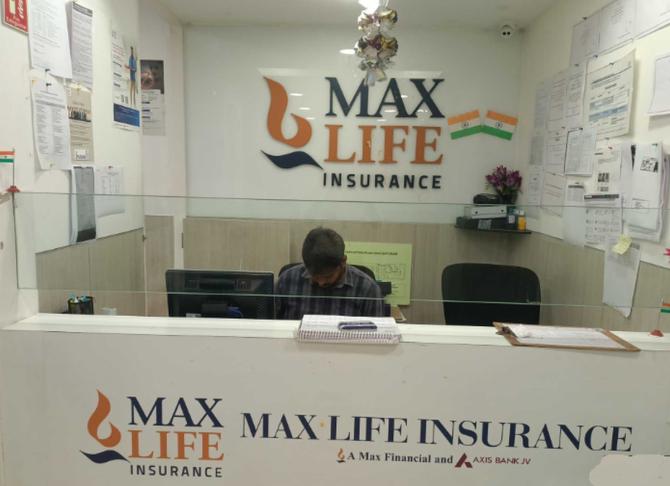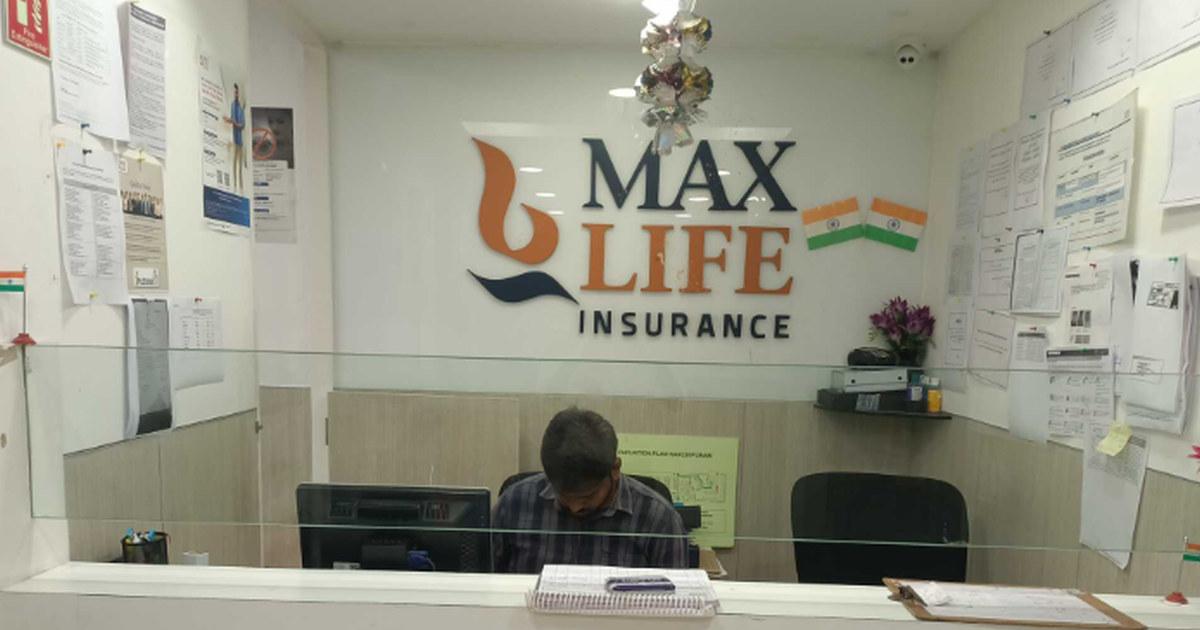Following Axis Max Life Insurance’s second-quarter results for 2025–26, Sumit Madan, managing director and chief executive officer of the company, speaks to Aathira Varier and Subrata Panda/Business Standard about growth aspirations, strategies to offset the impact of the input tax credit (ITC) withdrawal, reverse merger plans, and more.

How have the goods and services tax (GST) reforms played out, and how have they impacted the company?When the GST changes were announced, the government’s intent was clear — to improve insurance penetration and affordability.
Since September 22, when the new GST rates took effect, protection numbers have risen sharply.
At Axis Max Life, we track protection numbers weekly — they have been growing consistently, except for a brief dip during Diwali.
We’re seeing around 60 per cent growth, and it’s holding steady.
In the short term, the removal of the ITC benefit has hit profits, but across the industry, companies have responded quickly — through cost control, changes in product mix, and renegotiations with distributors.
Margins have remained stable, and we’ve emerged from GST 2.0 in a strong position.
How much of a hit are you taking because of the ITC removal? Have you reduced commissions?
For the first half (H1) of the year, the impact would be around 60 basis points (bps) on margins.
However, given the swift changes we made, we don’t see any major concern.
Distributor renegotiations are underway and progressing well.
We’ve maintained our earlier guidance — no change in margins or growth estimates, even after the GST changes. The entire benefit has been passed on to customers.
The impact will be fully addressed, which is why our margin guidance for the financial year remains unchanged.
How is your product mix changing to mitigate the impact of the ITC removal?
We’ve already made some adjustments to the product mix.
Channel by channel, we’ve discussed this with distributors and implemented changes accordingly. More refinements will come over the next five months of the financial year.
Elaborate on the nature of these product mix changes.
After GST 2.0, the biggest shift has been the surge in protection products.
In the first two weeks following the GST changes, protection grew over 80 per cent across all channels — partnership and proprietary alike.
The current mix is close to what we believe will be the ideal balance for the rest of this financial year.
Is protection going to be the main focus for the sector going forward?
Even before GST 2.0, we had strong momentum in protection.
We’re already the largest player in the protection business for H1.
The entire industry is benefiting from GST 2.0 and seeing healthy growth in protection numbers.
What are your growth aspirations?
Our guidance remains that we will grow 300–500 bps faster than the market.
Do you want to be counted among the top three in the industry?
We’re aligned with that goal. In the short term, our aim is to be the breakout No. 3 — meaning the gap between No. 3 and No. 4 should be large enough that it’s difficult for No. 4 to catch up.
The way things are moving, that should happen soon.
How far are we from the reverse merger with Max Financial Services?
Discussions around the reverse merger are ongoing.
We’re awaiting guidance from the government on proposed amendments to the Insurance Act, likely to come during the winter session.
The changes are expected soon, and apart from that, we’re prepared for any outcome.
Will Axis Bank raise its stake in the company?
Axis Bank’s stake remains ‘unchanged for now, and there are no immediate plans to increase it.
The chairman of the Insurance Regulatory and Development Authority of India recently said insurers should reduce costs to make products more affordable.
Is there a plan to cap commissions?
The expense of management (EoM) guidelines is already in place, and most companies are compliant
With greater use of technology, costs are being managed efficiently. No one wants costs to be high, but the EoM framework remains the defining factor.
The industry has faced considerable turmoil in recent years. Do you think from 2026–27 onwards, the sector can return to high-teen growth?
GST 2.0 is a positive reform that makes insurance more affordable and helps improve penetration in India.
So yes, I see growth accelerating again in the medium term.
Would you like to raise capital, given your growth ambitions?
We don’t have any immediate capital requirements.
We’re well-capitalised, with a solvency ratio of around 208 per cent.
As and when needed, we’ll take the necessary steps.




